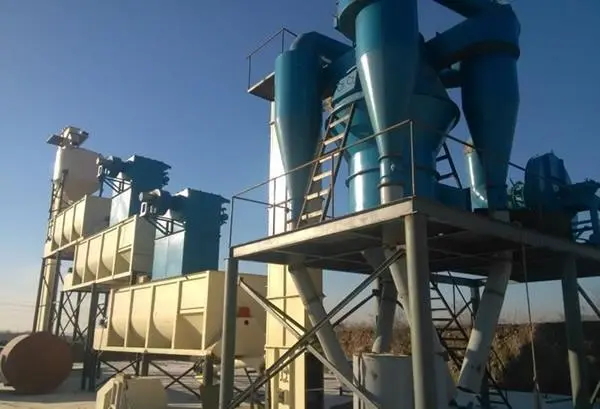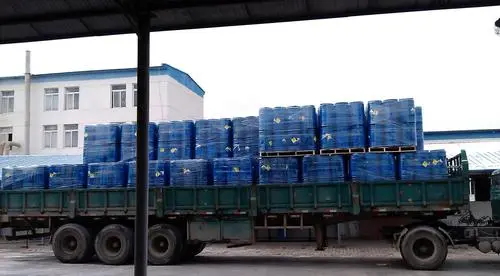1. Problem description
Due to the low influent concentration, we also add flour and urea. Does adding PAM have any effect on sludge reflux? If PAM is not added, the aged sludge will be taken away with the water. Is this good?
Answer:
1. Adding PAM is not good for the biochemical system.
2. The outflow of aged sludge has no effect on the system. On the one hand, it is also passively coping with the low load, so it is in a normal protection state.
2. Problem description
After air flotation, the COD of the effluent increased instead. Adding polyaluminum, 200mg/t, is it too much?
Answer:
polyaluminum chloride is an inorganic flocculant, and adding too much will not cause the COD of the effluent to rise. See if there are any problems in other aspects. For example, the flocculation effect is not good (the collection of colloids is not enough), etc.
3. Question description
Ask if there is a high-efficiency PAC (a dye that can remove the fluorescent effect). The basic aluminum chloride and polyaluminum chloride used in the past have no effect on it at all~~ And it is annoying to come back after the annual leave There are many thin worms growing in the oxygen pool, what is the reason? Is it a big problem?
Answer:
1. For dyes with fluorescent effect, the effect of coagulation precipitation is not very good.
2. The occurrence of metazoans in the anaerobic tank is not a big problem. After the water is restored and the system is stable, it will be improved. Under pure anaerobic conditions, such protozoa cannot survive.
4. Description of the problem
At present, I have come into contact with a kind of wastewater: the main components in the wastewater are aniline, cyclohexylamine, and some benzene-based by-product resins. During physical and chemical treatment, after flocculation and sedimentation, the waste water was very clear and transparent, and no sediment was seen when the pH continued to increase to 14. Then after biochemical treatment and pH adjustment, there are many flocs. At this time, the pH value is around 11. My suspicion is that there are alkali-soluble substances in the wastewater. After biochemical treatment, the modification is precipitated under alkaline conditions. Don’t know if that makes sense. After investigating some of the domestic sewage mixed into the wastewater, it was found that there were no precipitated substances such as calcium and magnesium in this water under alkaline conditions. Another thing is that after the biochemical process of this kind of water, PAC, PAM, and calcium hydroxide are added in the process of flocculation, and it is found that the surface of the sedimentation tank is white, as if there is fog in the water.
Not sure if it was the lime. Stop adding lime or this situation, do not know how it is? Could it be the undischarged mud and precipitated calcium hydroxide at the bottom of the sedimentation tank?
Answer: The
effluent SS of the biochemical system is not low, so it is caused by the formation of flocs after adding PAC and PAM . After the activated sludge is flocculated by PAC and PAM, the flocs are easily mixed with air bubbles to form scum, and the liquid level of the sedimentation tank may be different from this. related.
5. Description of the problem
We use the SBR process. Before the sewage enters the biochemical tank, there is a flocculation and sedimentation process, and polyaluminum ferric chloride and PAM are added. I always feel that this operation will affect the activated sludge, because the chlorine content in the raw water itself is high (the SS of the water is about 300), so the chlorine will be higher after coagulation.
Is this necessary? Why is the COD of the wastewater entering the organism after chemical dosing lower than the COD of the facultative + aerobic effluent? Under what conditions will this situation occur?
Answer:
It is free chlorine that has an impact on microorganisms, and polyaluminum ferric chloride will not produce beneficial chlorine. Don’t worry, it is right to enter the biochemical system and perform physical and chemical pretreatment.
First of all, we need to know that microorganisms are also organic matter, which will also lead to an increase in COD. That is to say, if the effluent contains more microbial flocs, the COD of the measured wastewater will be relatively high.





